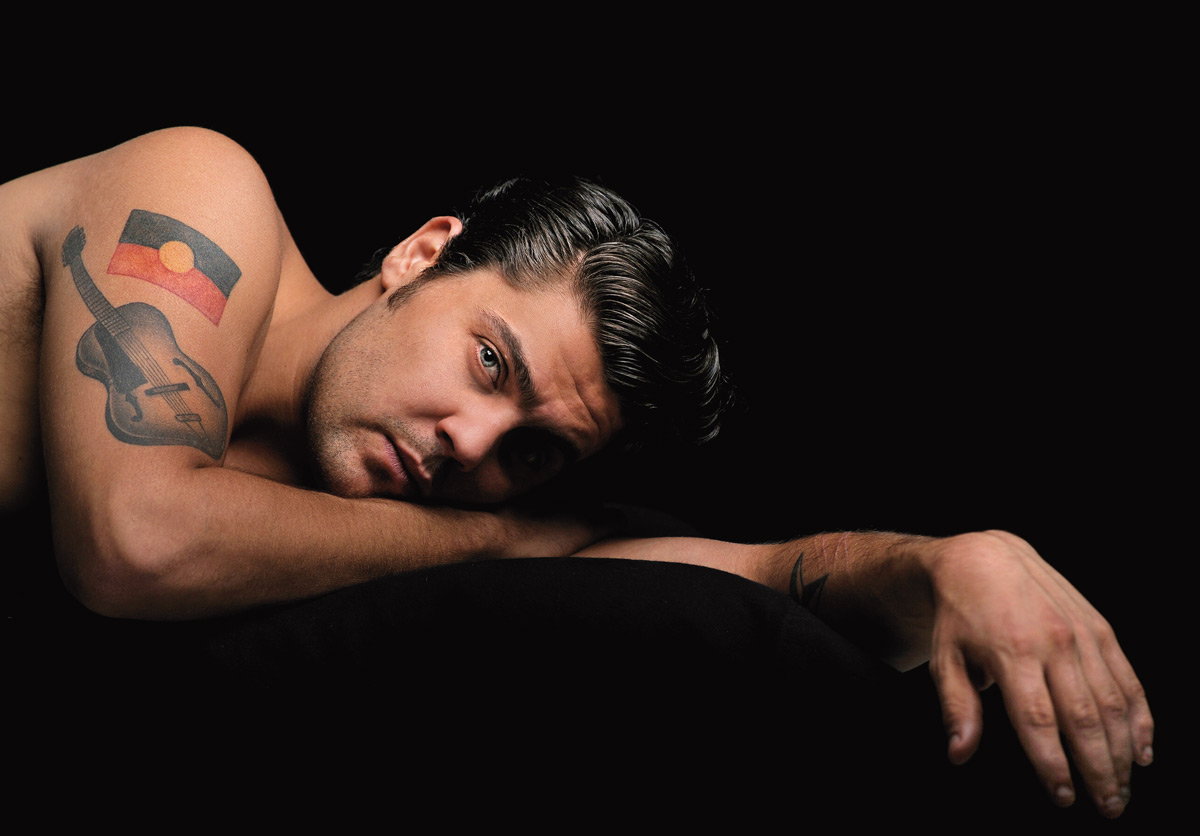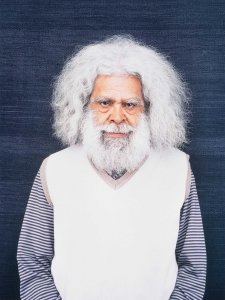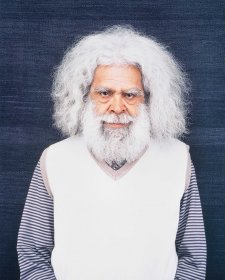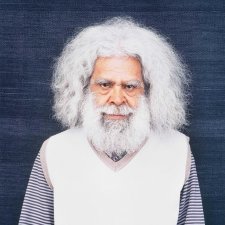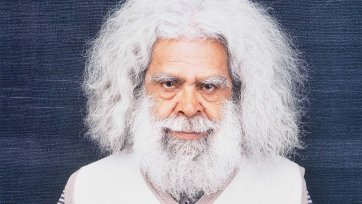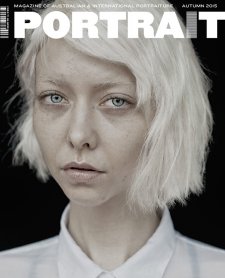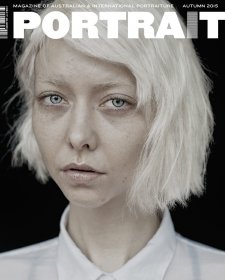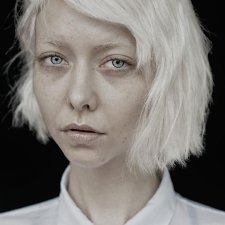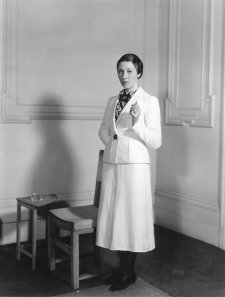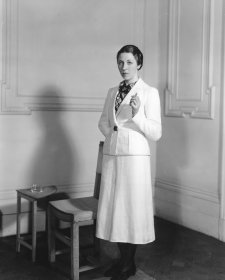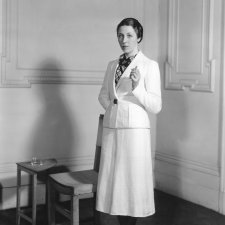An Indigenous man in the public eye, Dan Sultan takes proud ownership of heritage but is adamant that it does not dominate his identity. Sultan is equally proud to be part Irish, claiming a deep connection with Australian and Irish soil. Martin Philbey’s intimate 2011 photograph of the award-winning singer-songwriter captures the essence of this complex Australian performer.
Although aware that his identity will always be bound up with his heritage and by stepping into the limelight he is an Indigenous role model, Sultan would rather be known for his music than his family’s inherently interesting story. Sultan’s mother, Roslyn, of the Eastern Aranda and Gurindji people, is a direct descendent of Vincent Lingiari, the Wave Hill stockman and land rights leader. Part of the Stolen Generations, Roslyn was taken from her family at the age of seven. She was eventually reunited with her mother and Sultan wrote about their ordeal in his song 'Roslyn’, which he performed at Federation Square for National Apology Day in 2008. Sultan has spoken about the desecration of Indigenous culture, yet emphasises that he is not a political activist. He is, at the core, a musician who believes patience and respect go a long way.
Born in 1983 in Alice Springs, Sultan’s Irish father worked for the Aboriginal Legal Service, which led the family around the country, giving Dan a taste of both urban and outback life.
As a teenager to get exposure and earn some money, Sultan played open mic nights in Melbourne pubs and it was there that he met his future collaborator, Scott Wilson. With help from John Butler’s Seed Fund they recorded Homemade Biscuits (2006) and Get Out While You Can (2009), which earned ARIAs for Best Blues and Roots Album and Male Artist of the Year in 2010.
Delivering a fusion of country, soul, and rock ‘n’ roll Sultan’s music is a blend echoing his multifaceted identity. Paul Kelly, who described Sultan as one of Australia’s great soul singers, invited him to perform on the 2008 tribute album to Kev Carmody, Cannot Buy My Soul. Known for his charisma, magnetism, and hip-swinging dance moves, he was dubbed Australia’s Black Elvis by songstress Clare Bowditch.
Martin Philbey said he wanted to show Dan ‘stripped back to the essence of his being with no other distractions’. The photograph, a finalist in the 2012 National Photographic Portrait Prize, was acquired for the Collection in 2013.
